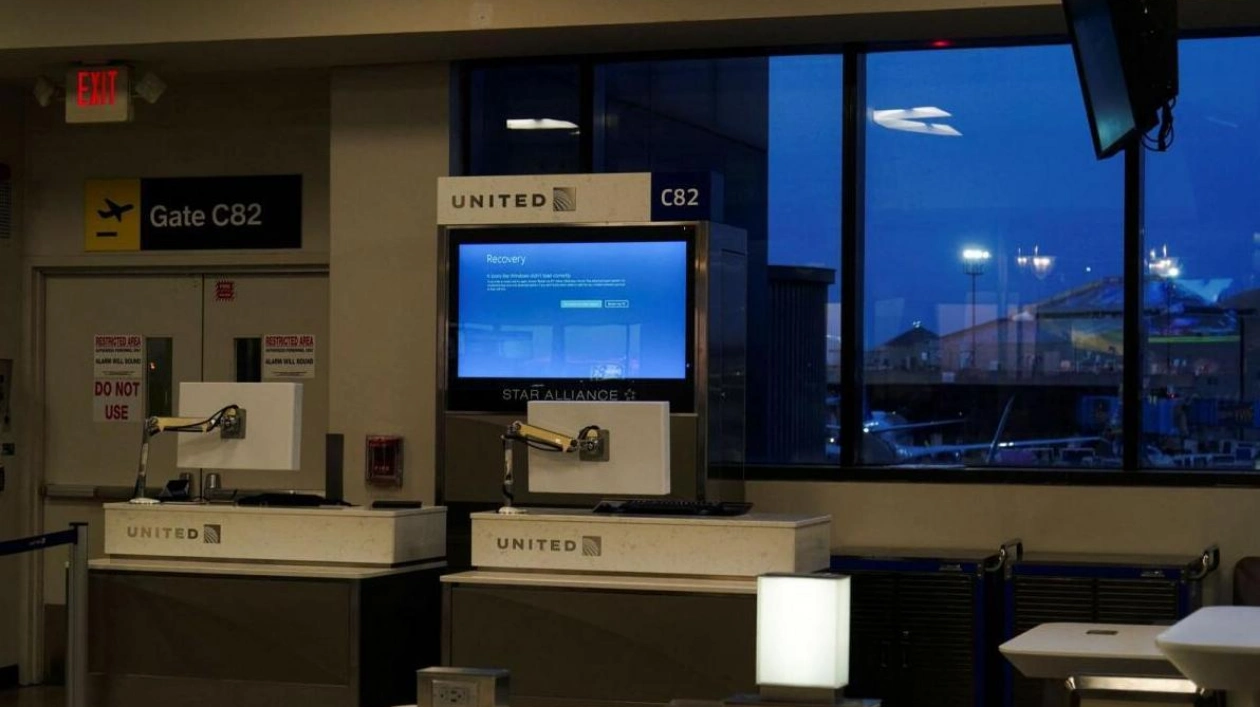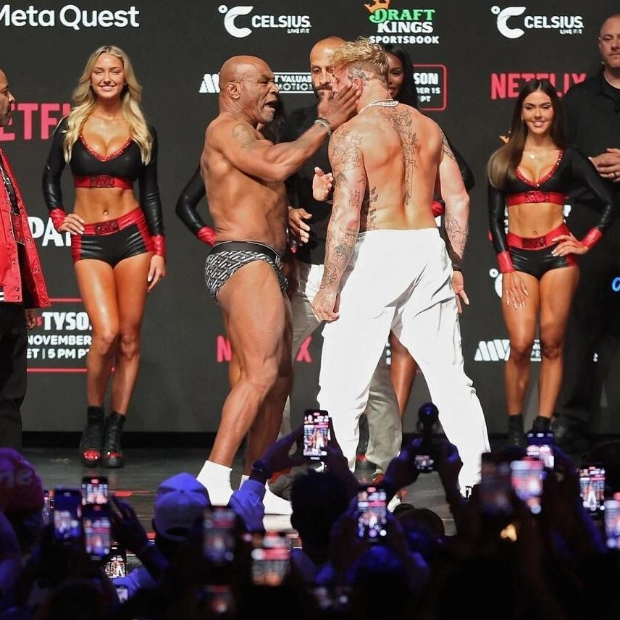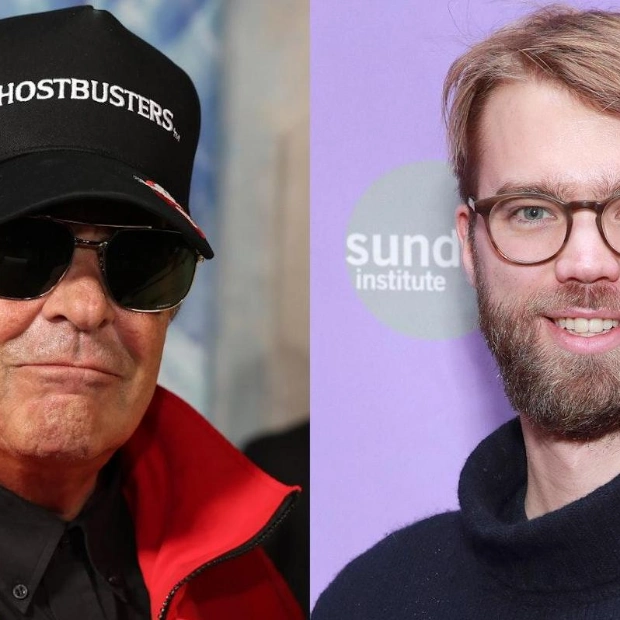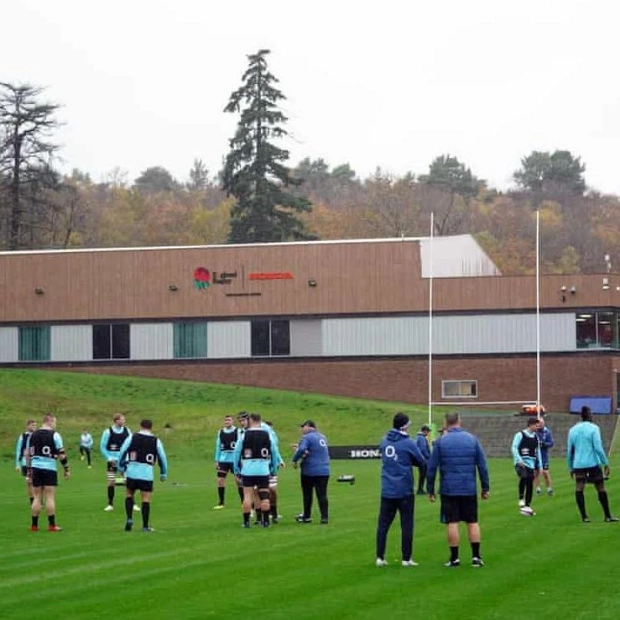Following a significant IT failure, a wave of online conspiracy theories emerged on Friday, ranging from predictions of an impending "World War III" to baseless claims connecting a group of global elites to a cyberattack. The crash, one of the largest in recent years, caused widespread disruption to airlines, banks, TV channels, and financial institutions, and was traced back to a faulty software update in an antivirus program running on Microsoft Windows.
The surge in internet-disrupting conspiracy theories on social media, where many platforms have relaxed controls that previously limited the spread of misinformation, reflects the new reality of information disorder following major global events. On X, the platform formerly known as Twitter, a flurry of unsubstantiated posts circulated, promoting a doomsday narrative: the world was being targeted by a malevolent force. "I once read that World War III would primarily be a cyber war," a user commented on X.
The IT failure also ignited a groundless theory that the World Economic Forum, a frequent target of wild rumors, had orchestrated a global cyberattack. To lend credibility to this theory, numerous posts referenced an old WEF video that discussed the potential for a "cyberattack with Covid-like characteristics." The video, accessible on the WEF's website, had warned that the only way to halt the exponential spread of cyber threats would be to disconnect millions of vulnerable devices from each other and the internet. The WEF has long been a focal point for conspiracy theorists who propagate the idea of a secretive group of elites pursuing private interests under the guise of addressing global issues.
Additionally, posts using the hashtag "cyber polygon" gained quick momentum online, referring to a global training event designed to prepare for future attacks. Rafi Mendelsohn, vice president at the disinformation security company Cyabra, expressed to AFP, "The proliferation of conspiracy theories in the wake of major global events such as the outage is a sad testament to the volatile nature of the information ecosystem." He noted the unique role of social media platforms, forums, and messaging apps in facilitating the rapid spread of content, enabling theories to quickly gain traction and reach a global audience.
This trend underscores the capacity of falsehoods to evolve into viral narratives on tech platforms, which have reduced content moderation and reactivated accounts known for spreading misinformation. During rapidly unfolding news events, major tech platforms often become chaotic, with users struggling to find accurate information amidst a flood of false or misleading posts that quickly gain popularity. Michael W. Mosser, executive director of the Global Disinformation Lab at the University of Texas at Austin, highlighted the challenge of combating mis- and disinformation, stating that the trust in reputable sources has eroded to the point where people are more inclined to believe wild conspiracies rather than factual information.
The global outage, which halted various aspects of daily life and led to a drop in US stocks, was attributed to a bug in an update to an antivirus program for Windows systems by American cybersecurity firm Crowdstrike. Despite assurances from George Kurtz, the CEO of the Austin-based company, that a fix had been implemented and they were actively addressing the issue, online conspiracies continued to spread. Mosser noted the difficulty in countering this misinformation with factual rebuttals, given the technical nature of the issue. He explained that while it was accurate to state that the fault lay in an improperly configured system file and that a fix was underway, such technical explanations were not believed by those predisposed to see sinister motives behind such failures.






